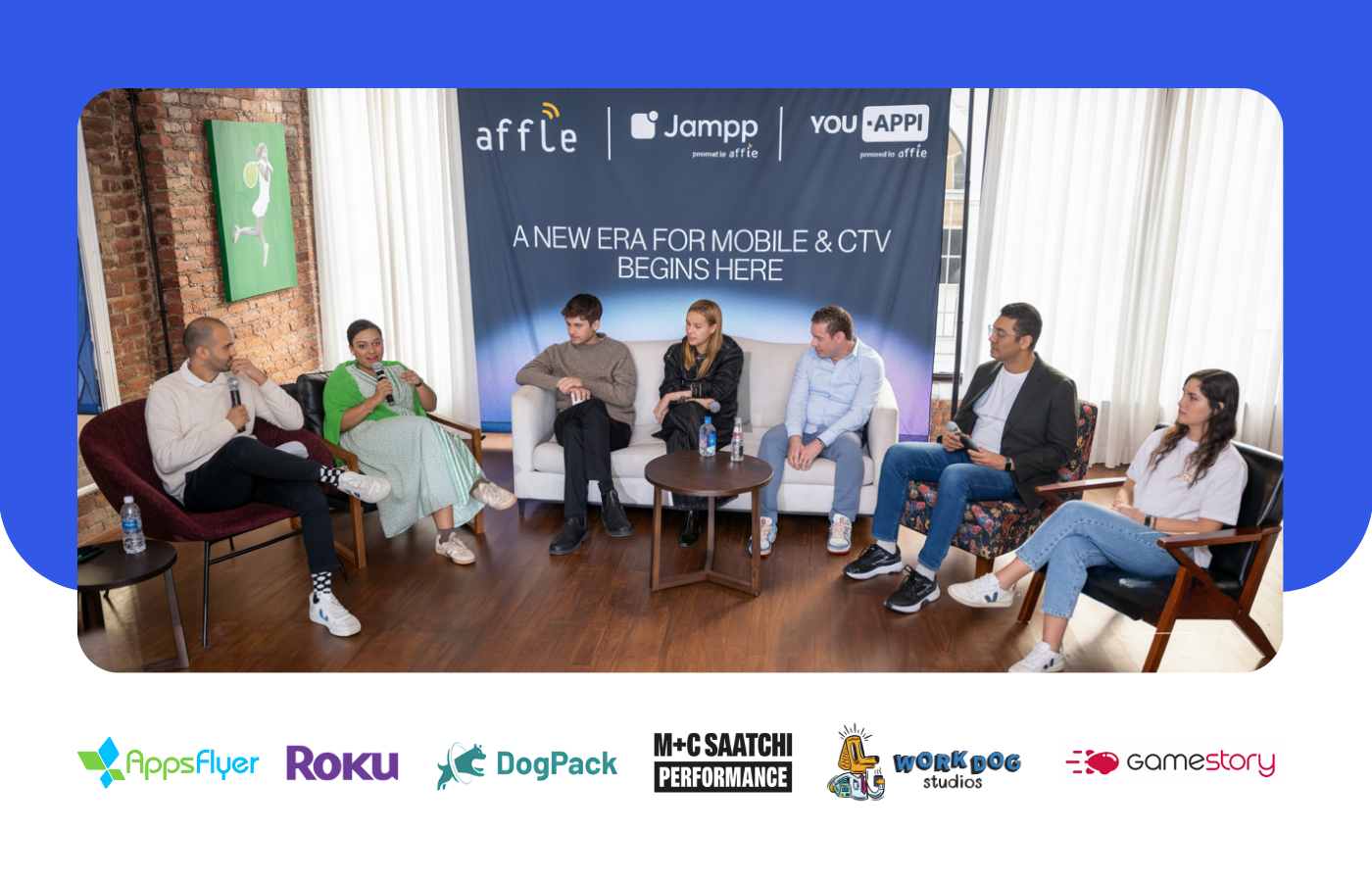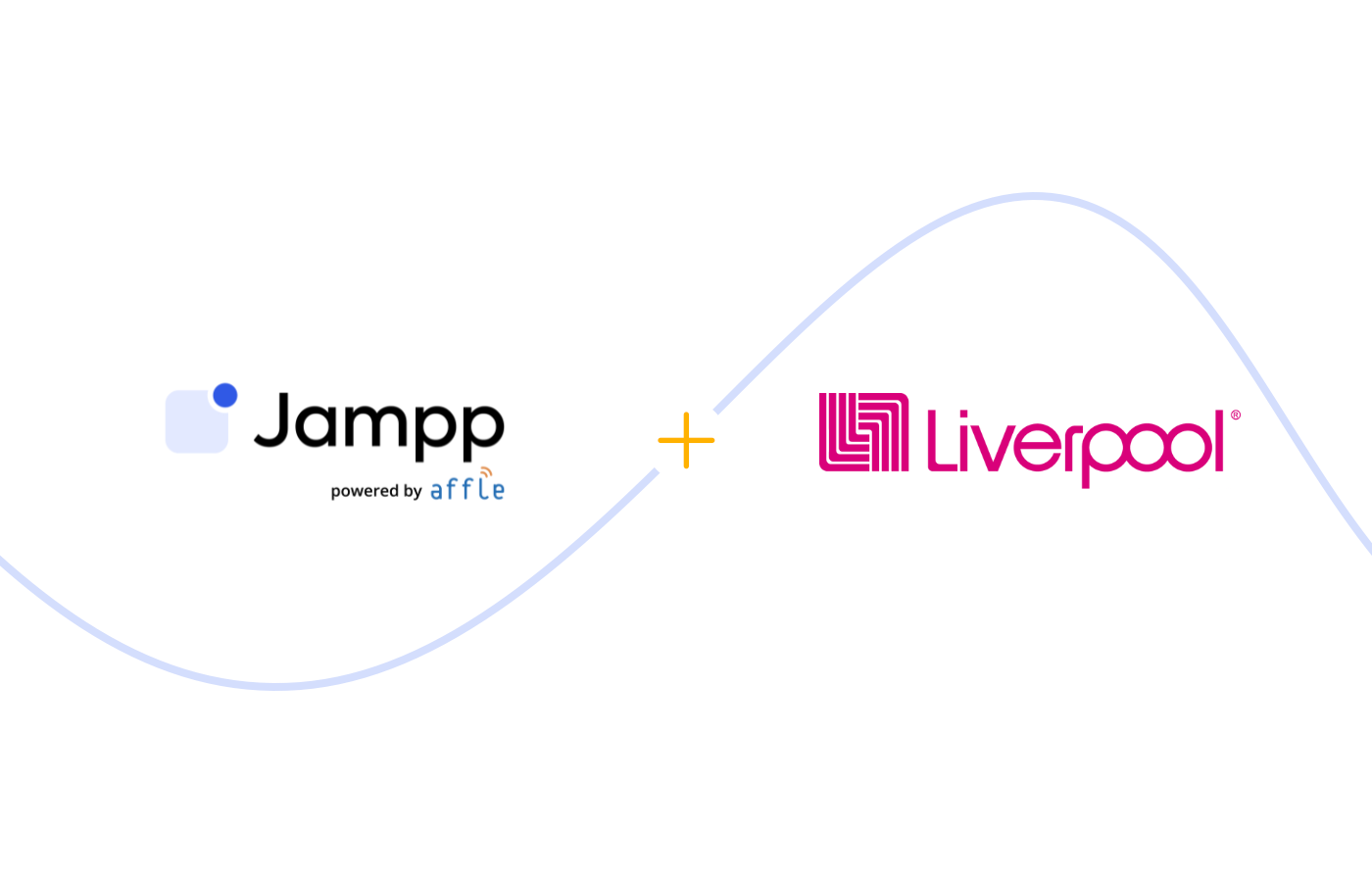How gamers can help on-demand apps level up their scale 📈
Mobile app games are the perfect channel to drive incremental revenue on both User Acquisition and App Retargeting campaigns.
December 5, 2019

Despite the general belief that gaming apps are played by a limited group — younger, predominantly male audiences — the truth is everyone and their mother plays mobile games. This makes gaming apps the perfect channel to drive incremental revenue on both User Acquisition and App Retargeting campaigns.
“My users don’t play games” — or do they?
Nothing is certain but death and taxes, and the fact that pretty much everyone is playing mobile games. It’s no coincidence that numerous studies feature mobile gaming as a major trend.
To highlight a few…
- Gaming has been the most downloaded category in both Google Play and Apple Store, accounting for 8.69B and 2.44B installs in Q3 2019, respectively¹.
- Earlier this year, GlobalWebIndex released a report² stating that 86% of internet users worldwide claim to have played on at least one device in the past month.
- And… it’s not stopping any time soon. Newzoo³ reported that mobile gaming (smartphone and tablet) remains the largest segment in 2019, growing +10.2% year-on-year to $68.5 billion — 45% of the global games market. Of the total amount, $54.9 billion will come from smartphone games.

Today, almost 43% of the US population plays mobile games, representing a segment of over 140M. This reinforces the notion that stereotypes don’t work anymore: everyone can be a gamer. The larger the audience, the more diverse it gets. That’s why advertisers are increasingly turning to gaming apps to find their target audience.
Tearing down the myths 💥
Myth #1: Gaming stands for youth
People typically assume that gaming is a “teen” thing, but the numbers tell a very different story… 👀
Actually, over one-third of gamers are over the age of 45. The 55+ segment is the one that really stands out, accounting for 23% of the gaming universe. Gamers aged 25–34 follow at 21%, while the 34–44 segment represents 19%.

Everyone plays games, but not necessarily the same games🔍. According to Smaato’s latest report: Generation Z (13–23) is the most prolific age group across Hyper-Casual, Mid-Core and Hardcore games, but Baby Boomers (55+) dominate ad requests on Casual games, coming across as the most avid players. As app marketing spend on Casual and Hyper-Casual games continues to grow, it’s important to keep these varying audiences in mind.

Myth #2: Girls would never 🙅
Wrong! Women actually account for 46% of worldwide gamers — that’s over one billion! What’s more, the share of female mobile gaming personas has surpassed that of men, and currently stands at 63%⁴.

“In digging deeper, Smaato’s internal data found a clear correlation between the different genres of mobile gaming and the gender that most frequently plays them. Women stand out as users of Hyper-Casual games representing 63% of ad requests, as well as Casual games, where they make up 58%.” — Juan Alvarado, VP Account Management Americas, Smaato.

Myth #3: Gamers are not a lucrative audience
Actually, worldwide Mobile App Store revenue for games is expected to reach $68.5B in 2019 📈. With almost a third of gamers spending money on mobile games and accounting for $25B a year⁵, it’s clear that these mobile-first users are well-versed in in-app purchases.
Back to the future… of mobile games and ad spend
Reportedly, only 7% of total mobile ad spend is allocated towards gaming apps⁶, which is shockingly low considering how diverse and receptive gaming audiences are. At the moment, retail marketers are leading the investment in ad dollars in gaming apps, accounting for 49% of total gaming app ad spending in Q3, 2019.

More and more advertisers are slowly starting to look past the aforementioned myths, and seeing great results as they start to take advantage of this opportunity.
Ok, so quick recap:
- Large & diverse audience
- Highly-engaged users
- Limited ad spend… — wait, something doesn’t add up 🤔

The gap, explained
Historically, “gaming” has been associated with stereotyped and restricted audiences. But this is simply no longer the case. This market has grown to become a great opportunity for advertisers of every vertical.
Gaming apps live mainly on ad-driven monetization and are constantly looking to incorporate non-intrusive formats that don’t harm user experience.
This market has mostly matured across categories such as Casual and Hyper-Casual games. These are all about intuitive and easy playing, with a minimal interface and concise goals that users can hit effortlessly. Today, Hyper-Casual games use advertising to drive 60–70% of average app revenue⁷.
What’s in it for advertisers?
Gaming app inventory offers far greater versatility than other verticals. Since maintaining an immersive user experience is key to retain players, publishers keep creating innovative features and placements that advertisers can leverage to stay top-of-mind with this audience.
“Many mobile games monetize through a combination of ad placements and in-app purchases, so they’re very strategic about the formats they enable, as well as where and when to integrate in-app ads. As a result, when it comes to developing innovative ad formats and placements for brands, mobile games are one of the strongest categories.” -Caitlin McGovern, Head of Programmatic, MoPub (a Twitter company).
Moreover, in gaming apps, users are exposed to ads at a time when they are typically relaxed and have a better disposition towards the advertisers’ messages.
To top it off, working programmatically with publishers allows advertisers to use a transparent approach to gain in-depth insights into campaign performance. In this way, advertisers can quickly learn which placements their audiences engage the most with, and leverage performance-based optimizations.
Video ads: Most Valuable Player 🏆
Video continues to be one of the best performing formats to engage gamers. Back in 2016, 71% of users actually stated they preferred watching a video ad instead of paying for game features or content. So far, this hasn’t changed.
Rewarded videos have proven to be highly engaging, accounting for an average 93% completion rate on MoPub’s in-app exchange⁸. This format gives users the chance to watch a video ad in exchange for a reward, such as power-ups, extra lives, and other features which are normally not available for free. While rewarded videos are non-skippable, they are user-triggered, which keeps the user tuned and fully in control. It’s no surprise that this format makes up 65% of overall ads served in free-to-play games⁹.
Building Successful Video Ads 📋
Video ads are one of the most engaging formats for both User Acquisition and App Retargeting, but their creation has historically been a headache for advertisers. Earlier this year, Jampp launched a Video Ads Builder to help brands leverage our partners’ extensive inventory with quality creatives, while keeping the production stage short and sweet.
- Top-performing formats: Dynamic enough to be engaging, but short enough to remain non-intrusive, 6-second ads have been delivering great results for brands.
- Customized for mobile: Many brands take videos from other channels like Youtube and TV and simply adjust the size, but each channel’s audience is different and should be treated as such. It’s important to create mobile-first videos which is why Jampp offers access to tried and tested horizontal and vertical video templates optimized for performance that can be understood without sound.
- Automatic A/B testing: analyze ad assets to optimize campaigns through creative variations.
Wrapping Up
Gaming apps offer a great opportunity for advertisers looking to reach a diverse and highly engaged audience. The gap between available business and ad spend will continue to narrow as advertisers increase allocated budget shares towards this growing vertical.
Gaming apps are very strategic about the placements they offer, developing engaging, non-intrusive formats and optimizing when to show the ads to ensure it doesn’t interfere with the user experience. Although gaming audiences respond well to dynamic formats such as video ads, we still encourage advertisers to test different ad sets and formats to see what resonates best with their users. One of the many advantages of working with transparent programmatic partners is the access to granular insights down to the impression-level.
If you want to unlock new growth with User Acquisition and App Retargeting, or learn more about programmatic, request a demo!
References
[1] Sensor Tower, 2019.
[2] Global Web Index
[3] Newzoo
[4] eMarketer, 2018.
[5] Q3 2019 Global In-App Advertising Trends report, Smaato.
[6] The Mobile Gaming Industry: Statistics, Revenue, Demographics, More,” MediaKix, 2019.
[7] Global Mobile Market Report,” Newzoo, 2019.
[8] 4 Reasons Mobile Games Can Level Up Any Ad Campaign,” Smaato, 2018.
[9] Appsflyer, 2019.
[10] MoPub internal data, Q3 2019.
[11] “Ad Survey Results 2018: An In-Depth Study of In-Game Advertising”, deltaDNA, 2018.
Co-written with Melisa Fernández, and in collaboration with MoPub and Smaato.
Subscribe to our email newsletter









